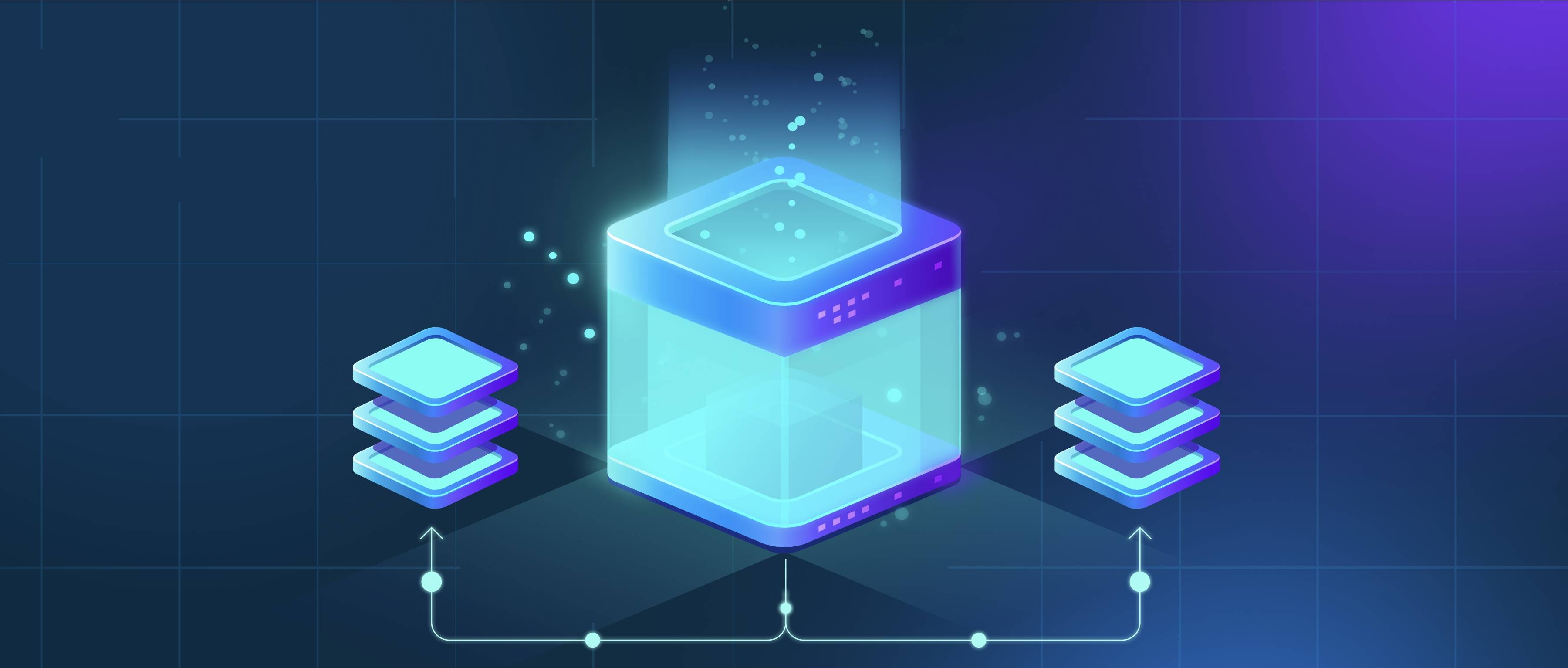Introducing a retrieval step in a QA system typically increases end-to-end latency compared to a standalone LLM answer generation. This is because the retrieval phase adds an additional processing step: searching a database or index for relevant context before the LLM generates a response. For example, a standalone LLM might take 1 second to generate an answer directly from a prompt, while a system with retrieval might spend 200ms searching a vector database and then 1 second for the LLM to process the retrieved context and generate a response. The total latency becomes 1.2 seconds, assuming no parallelization. The impact depends on factors like retrieval method efficiency (e.g., keyword search vs. neural retrieval), index size, and network latency if external databases are used.
To measure this impact, developers can instrument the system to track time spent in each component. For example, log the retrieval time (query parsing, database lookup, ranking) and the LLM inference time separately, then compare the sum to the latency of the standalone LLM. Tools like Python’s time module, OpenTelemetry, or application performance monitoring (APM) systems can capture these metrics. A/B testing can also compare user-perceived latency between the two systems. It’s critical to test under realistic loads—for instance, using a representative dataset and concurrent user queries—to account for caching effects or database scaling limitations that might skew results in isolated benchmarks.
However, retrieval can sometimes offset latency by reducing the LLM’s workload. For instance, if the retrieved context allows the LLM to generate a concise answer faster (e.g., 800ms instead of 1 second), the total latency might remain comparable. To evaluate this trade-off, measure token generation speed with and without retrieved context. Additionally, profiling tools like NVIDIA Nsight or PyTorch Profiler can identify bottlenecks in the LLM’s processing of retrieved data. Ultimately, the net latency impact depends on the retrieval system’s speed, the LLM’s efficiency in leveraging context, and whether components are optimized or parallelized (e.g., overlapping retrieval with initial token generation).
